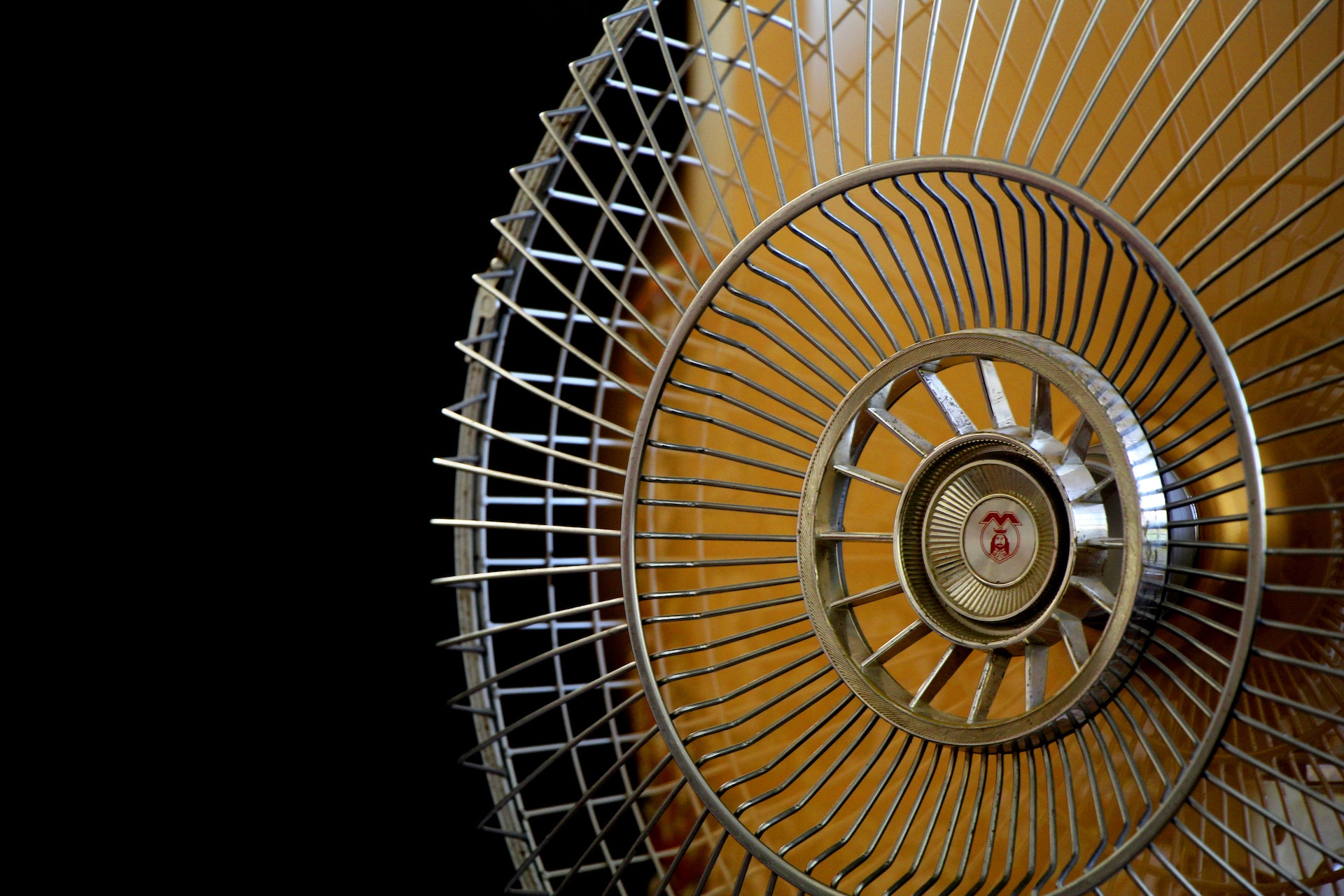As winter approaches and we start to rely more on our heating systems, maintaining good indoor air quality becomes crucial. While keeping our homes warm is essential, it’s equally important to ensure that the air we breathe indoors is clean and healthy. This article explores the relationship between heating and indoor air quality during the winter months and provides practical tips to maintain a healthy indoor environment.
1. Understanding Indoor Air Quality in Winter
- During winter, homes are often sealed tight to conserve heat, which can lead to a buildup of indoor pollutants.
- Heating systems themselves can contribute to indoor air pollution if not properly maintained.
2. Importance of Ventilation
- Proper ventilation is essential to reduce indoor air pollution. Ensure that your home has adequate ventilation, especially in areas like kitchens and bathrooms.
- Consider using air-to-air heat exchangers or energy recovery ventilators to bring in fresh air without losing heat.
3. Regular Heating System Maintenance
- Schedule an annual inspection of your heating system to ensure it is operating safely and efficiently.
- A well-maintained heating system not only heats your home more effectively but also reduces the risk of indoor air pollution.
4. Humidity Control
- Maintaining the right humidity level (between 30-50%) is vital for both comfort and health.
- Too low humidity can cause respiratory problems and irritate the skin and eyes, while too high humidity can encourage mold growth and dust mites.
5. Use of Air Purifiers
- Air purifiers can help reduce the amount of airborne pollutants, including dust, pollen, and pet dander.
- Consider using air purifiers with HEPA filters in bedrooms or living areas where you spend most of your time.
6. Keeping a Clean Home
- Regular cleaning can significantly reduce indoor pollutants. Vacuum carpets and upholstery regularly, and dust surfaces with a damp cloth to minimize dust and allergens.
- Wash bedding and curtains frequently and declutter to reduce dust accumulation.
7. Monitoring Carbon Monoxide Levels
- Heating systems, especially those that burn fuel, can produce carbon monoxide, a dangerous gas. Install carbon monoxide detectors and test them regularly to ensure they are working properly.
8. Choosing the Right Heating Fuel
- If you have the option, choose cleaner-burning fuels for your heating system. Natural gas and electricity tend to emit fewer pollutants compared to oil or wood.
9. Smart Thermostat Usage
- Smart thermostats can optimize heating efficiency, reducing the need for excessive heating and the associated indoor air pollution.
10. Plants as Natural Air Purifiers
- Indoor plants can help improve air quality by absorbing pollutants and emitting oxygen. They also add to the aesthetic appeal of your home.
Conclusion
Maintaining a healthy indoor environment during the winter months is a balance between effective heating and good air quality. By ensuring proper ventilation, regular maintenance of heating systems, and adopting practices like using air purifiers and controlling humidity, you can create a comfortable and healthy living space. Remember, the air inside your home is as important as the warmth during the cold season. A proactive approach to indoor air quality can lead to a healthier, more enjoyable winter experience.





